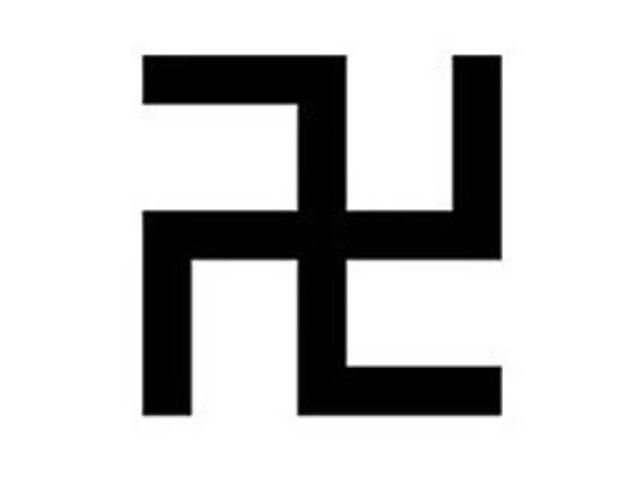It seems like a decision that might be rather long overdue, but the UK Guardian reports that Japan has decided to stop using swastikas to mark the location of Buddhist temples on maps.
This may come as disappointing news to those who hoped the swastika, originally a Buddhist symbol of good fortune adapted from a Sanskrit character, could be rescued from the shadow of the Nazis.
The BBC observed some social media postings from people with precisely this objection, including a Twitter user named “Fei Explorer” who complained, “So if terrorists hang up the Union Jack, does this mean the UK should change its flag? Or the USA or Australia?”
Another Japanese supporter of the old map icons allowed that “some would mistake the manji for the Nazi symbol,” but peevishly declared, “I strongly oppose changing our maps for some foreigners who are ignorant and extremely stupid. The idea is foolish.”
This would be much easier ground to stand on if “some” people mistaking the icon for a swastika did not mean, in practice, virtually everyone who is not a Buddhist, a scholar of religious history, or an archaeologist. And there is at least one noted archaeologist who would probably get the wrong idea about this map symbol.
There were complaints about several of the other confusing symbols used on Japanese tourist maps, such as an “X” to represent the location of police boxes. (The Guardian explains the “X” is supposed to represent crossed police truncheons, which is still weird. The new symbol will resemble a policeman.)
Another symbol intended to signify the location of a hotel, a letter “H” inside a circle, looked like the icon most foreign visitors associate with helicopter pads. It was changed to a cartoon of a person sleeping in a bed. The symbol for a post office was a Japanese character completely mysterious to anyone who is not Japanese; it will change to resemble a piece of mail.
The BBC has a picture of the new symbol for a Buddhist temple, which looks like a Buddhist temple:
The reason for these changes is the approach of the 2019 Rugby World Cup and 2020 Tokyo Olympics, which of course are expected to bring a large number of foreign visitors to Japan. The Guardian also mentions a recent increase in foreign tourism, especially from China and other Asian countries, due to a weaker yen and relaxed Japanese visa regulations.
The new symbols are currently part of a proposal from the Geospatial Information Authority of Japan, produced after consulting experts and taking a survey of over a thousand people, including many foreign visitors.
The changes have not been finalized, and the BBC suggests the plan could be dropped if the Japanese public disapproves.


COMMENTS
Please let us know if you're having issues with commenting.